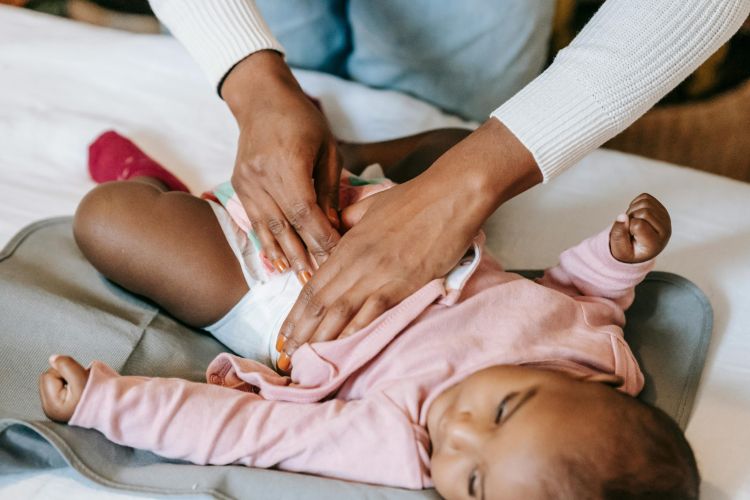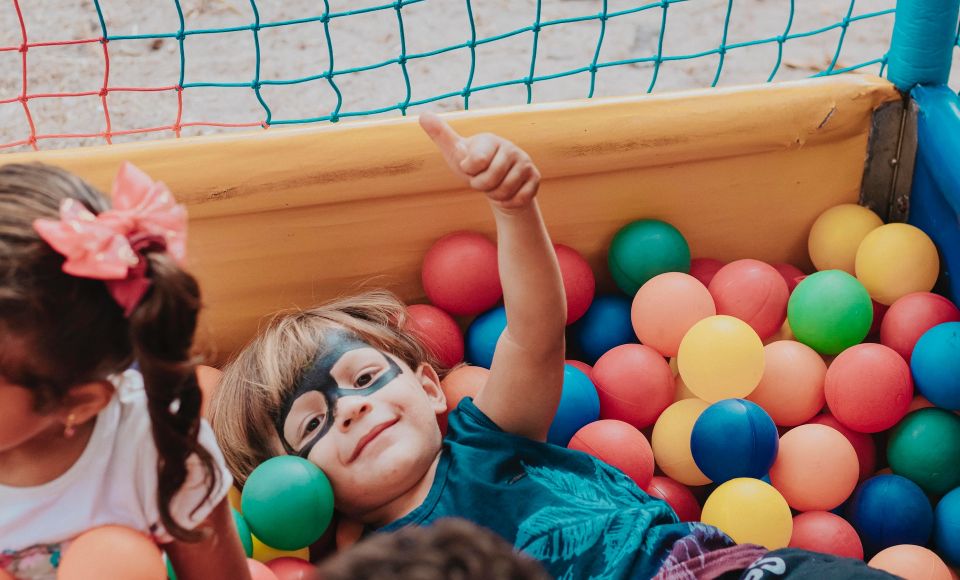
Baby Massage
Whether you’re a parent or childcare professional, learning new skills that benefit your baby and help build a stronger bond is important. One activity that can make a big difference to health and wellbeing is a baby massage.
What is Baby Massage?
Baby massage was introduced to the West around 30 years ago but it has been a traditional practice in many other parts of the world since ancient times. Indeed, there’s evidence of infant massage being used as far back as 2760 BC in China.
It involves gently stroking your baby’s body soothingly and calmly from the toes up to the head. It’s a brilliant way to make a baby feel safe and secure and build a stronger bond.
What are the Benefits of Baby Massage?
There are several advantages to giving a baby a regular massage:
- It is a simple and effective way to bond and create interaction between you and your baby.
- It’s a great activity for all the family to learn and, if you’re a childcare professional, it’s a useful skill to develop.
- Baby massage is very soothing and can help an infant relax and fall asleep.
- It affects the baby positively by releasing hormones that reduce stress. It’s, therefore, a good activity if they are crying or they are suffering from colic. Many parents also find it a useful activity when their baby starts teething.
When to Give a Baby Massage
The best time to give a baby massage is between feeds. Ideally, they should be awake but reasonably settled. How often you give the baby a massage is up to you. One of the best times is just before bedtime and before their last feed of the evening or after a bath.
It’s a good idea to make sure you have a warm room with no draughts and no distractions. You might want to put on some relaxing music and find a comfortable area to sit. Position baby on your lap and you can then begin the massage.
Examples of Baby Massage
The key to a baby massage is to be gentle and soothing rather than too firm. You might, for example, start with the feet, stroking from the heel to the toes and then individually massaging each toe in turn. From there you can move to the legs, bending the knees towards the chest and gently straightening them while stroking the skin. You can talk or sing to the baby while you are doing this.
It’s important to monitor your baby’s mood. If they seem relaxed and are enjoying the massage you can continue. If they are more fidgety and seem distracted it may help to wait for a bit and find something else to do.
Should I Use Oil?
It’s not advised to use oil if your baby is less than a month old. If you do then decide to introduce an oil make sure that it is odourless and edible. You should avoid scented lotions and anything that may contain nuts.
Where Can I Learn Baby Massage?
Baby massage is a great new skill to learn and, at the London School of Childcare Studies, we’ve got the perfect short course for mums, dads, grandparents and childcare professionals. The course includes using massage to relieve problems such as teething and colic or just a little fractiousness.
The courses are held at The Wesley in London or you can join in with one of our virtual classes.



